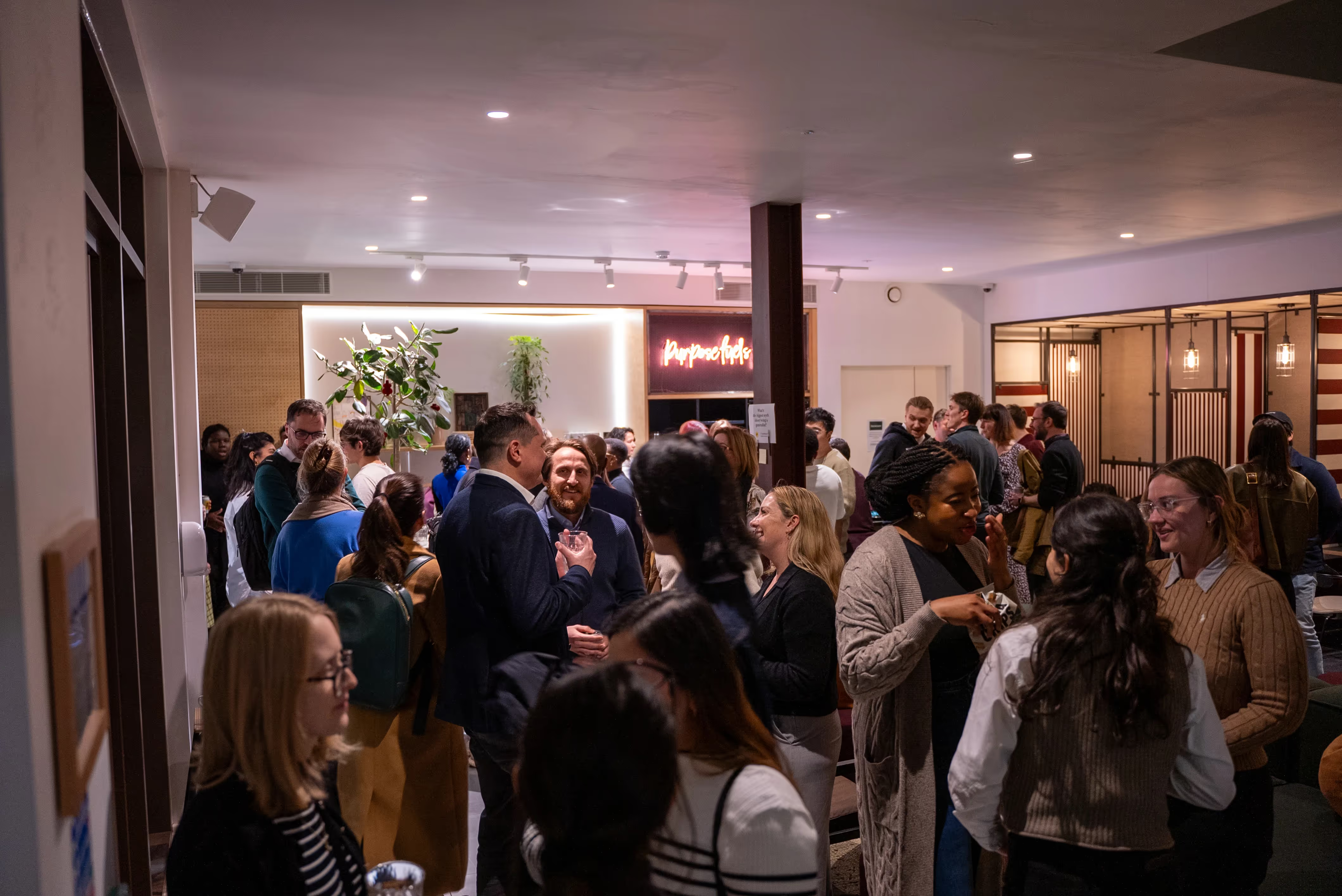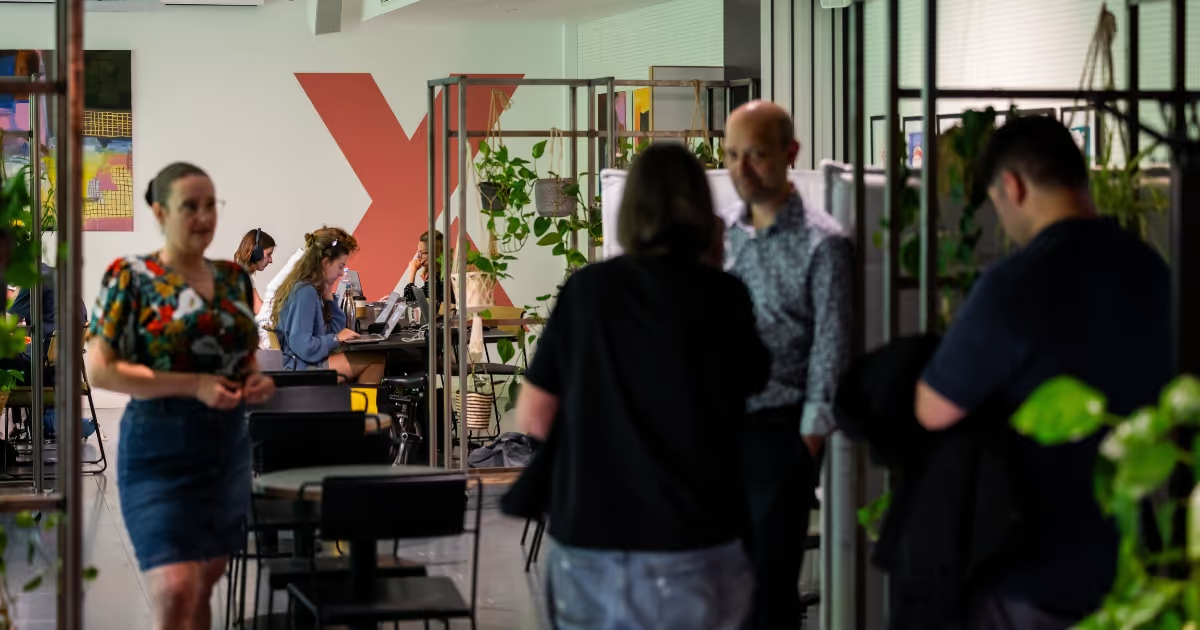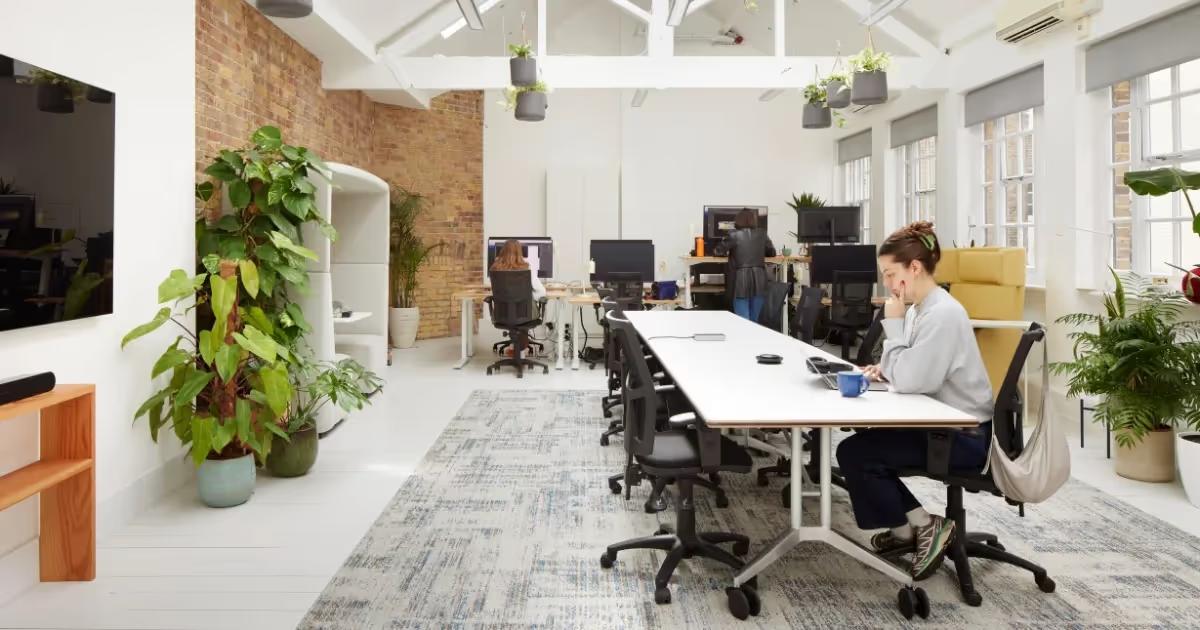What differentiates x+why from the competition is our raison d'être - our mission to unite, inspire and amplify purpose-lead businesses acting to make the world a safer, braver and better place. Each of our start-ups has found their own niche that they seek to serve differently and responsibly. As the advent of globalisation leads to an increasing number of run of the mill copy-cat clones, housing a unique point of differentiation has never been more important for developing the tools to analyse a firm’s strengths and weaknesses, as opposed to focusing too heavily on scouring the environment for external threats and opportunities
What differentiates x+why from the competition is our raison d'être - our mission to unite, inspire and amplify purpose-lead businesses acting to make the world a safer, braver and better place. Each of our start-ups has found their own niche that they seek to serve differently and responsibly.
{{divider}}
Inside Out
{{divider}}
As the advent of globalisation leads to an increasing number of run of the mill copy-cat clones, housing a unique point of differentiation has never been more important for developing the tools to analyse a firm’s strengths and weaknesses, as opposed to focusing too heavily on scouring the environment for external threats and opportunities.
{{divider}}
Integrating this kind of analysis is the reason companies such as Southwest Airlines continue to meet demand, despite overall losses within their own sector (a relatively unattractive, high-threat, low opportunity environment). Such internal attributes tend to encompass a firms resources and capabilities - all of the financial (debt, equity, earnings), human (experience, knowledge, passion, skills), physical (buildings, machines and facilities) and organisational (history, relationships, trust, culture, control and compensation policies) assets used to develop, manufacture and deliver to meet customer demand. Each of these assets can be addressed with four key questions - the question of value, rareness, imitability, and organisation.
{{divider}}
The Question Of Value
{{divider}}
Consistently providing value is key to meeting ever-changing demand. However it must also be done in a way that addresses opportunities while neutralising threats. For example Sony have plenty of experience with personal technology such as portable music players or televisions, alongside a creative organisational culture that allows it to both respond to and create new environmental opportunities. This has proven vital to their longevity, as it becomes increasingly easy for competitors to copy their products for less once released, they rely on continually being first to market with novel ideas.
{{divider}}
An example of a counter-intuitive failure of this is USX who were experienced in steel-making technology. In spite of their previous long-standing success, they found it difficult to recognise and respond to fundamental changes in the structure of the steel industry, delaying their investment in new opportunities. Their competition Nucor Steel, was not shackled by experience, and became a major player by pursuing novelty early. However, this is clearly context-dependent, and there are plenty of patented technologies that sink despite being first to market, while later competitors outgrow them.
{{divider}}
The example predominantly serves to highlight that although a firms resources and capabilities may have added value in the past, advancing changes in customer taste, industry structure or technology can render them less valuable in future. One of the most important responsibilities of strategic managers is therefore to continually evaluate whether or not the internal value remains up to date, amidst changes in the competitive environment. Radical changes in environment are unusual, and sometimes the same resources just need to be applied in a different way, in the sense that it’s not just about what cards we’re dealt, but how we choose to play them. A firm’s resources are not valuable in a vacuum, they are relative to their context.
{{divider}}
The Question Of Rareness
{{divider}}
If a particular value is controlled by numerous competing firms, then it is unlikely to be a source of competitive advantage, and more a source of competitive parity. Similarly, having resources that are both valuable and rare may only give you a temporary competitive advantage, emphasising the importance of timing - as well as imitability.
{{divider}}
The Question Of Imitability
{{divider}}
Having low imitability means that competitors face a cost disadvantage in trying to replicate your resources and capabilities. Imitation occurs in two main ways: duplication and substitution. Duplication involves building the same kinds of resources, although they may struggle to be applied and executed in a similar way, they increase the chances that a point of advantage will become a point of parity later on.
{{divider}}
Factors that make resources more difficult to duplicate include a firms history, the effects of an accumulation of small and important decisions in developing, nurturing and exploiting resources, and the importance of socially complex resources such as culture. In terms of history, companies follow a path-dependent route to market, picking up skills, abilities and resources that are unique to them as they evolve. These reflect the unique personalities, experiences and relationships that exist only in a single firm.
{{divider}}
When it comes to the cumulative effects of small decisions, strategic managers often become distracted by the bigger fish as determinants of outcome and advantage. Small decisions are often invisible to competitors seeking to imitate advantage, whereas big decisions are more obvious and easier to describe. This is why, some companies, when asked for the sources of their competitive advantage, find it difficult to describe - they can point to no, one single thing.
{{divider}}
Socially complex resources include reputation, trust, friendship, and culture, which while not patentable, are hard to replicate. For firms seeking interior culture change, the challenge can take years. It often requires meeting front line needs and rather than focusing on attempting to eradicate negative or outdated practices, shifting attention to leveraging and amplifying what the firm already does well.
{{divider}}
The Question Of Organisation
{{divider}}
Is a firm organised in a way to be able to live its full potential? Complementary resources such as company policy have a limited ability to deliver advantage, however they can be combined with incentives and motivators to create true value. For example throughout the 1960s and 70s, Xerox invested in a stand alone research laboratory, and by assembling a large group of highly creative and innovative scientists and engineers, developed an amazing array of new products when left to their own devices. This included the personal computer, the mouse, laser printer, paperless office, ethernet and so on! At the time, these were certainly both valuable and rare.
{{divider}}
Unfortunately, Xerox did not have the organisation in place to fully take advantage of their own resources. For example, no structure existed whereby Xerox PARC’s innovations would become known to managers at Xerox. And once they did finally become aware of them, very few of the innovations survived Xerox’s highly bureaucratic product development process. This process involved dividing projects into hundreds of minute tasks, and progress in each task was reviewed by dozens of large committees. Even for the innovations that did survive, management compensation depended almost exclusively on maximising current revenue.
{{divider}}
In fact it was Apple that built on Xerox’s earlier research to develop and market the first user-friendly alternative to a DOS-based personal computer, with most Mac users having an enthusiasm usually reserved for personal relationships.
{{divider}}
Application In Practice: Sourcing Your Niche
{{divider}}
An example of the above is illustrated by the war between Pepsi and Coke. Both companies are of a similar scale and share similar resources and capabilities. Initially fighting for similar market share and products, they have in more recent years diversified into leveraging their points of difference.
{{divider}}
Coke, through its diet coke brand is now targeting older consumers, whereas Pepsi continue to aim itself at a younger market, with its “choice of a new generation” campaign. Pepsi have also diversified into fast food restaurants and other related businesses, as well as focusing predominantly on the US, while Coke is international.
{{divider}}
Creating a sustained competitive advantage is where nature meets nurture. To discover the unique resources and capabilities that make a firm valuable, rare, difficult to imitate and apply - starts within.


.png)
.avif)


.avif)


.avif)
.avif)




